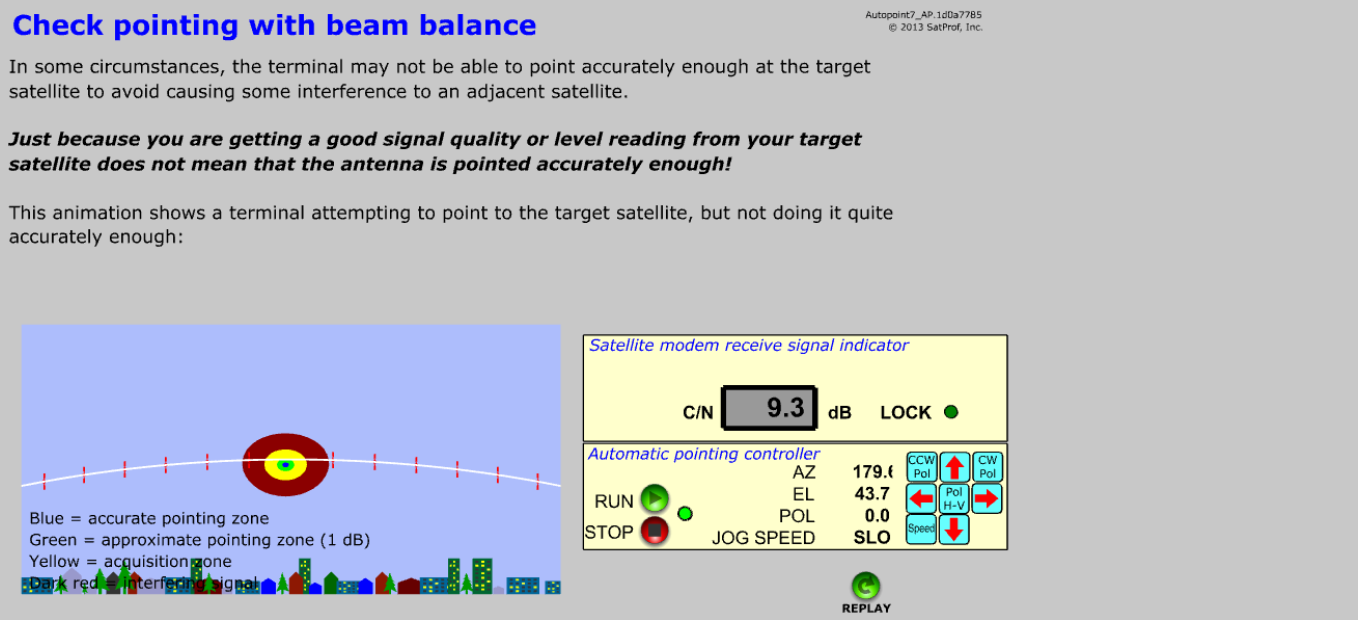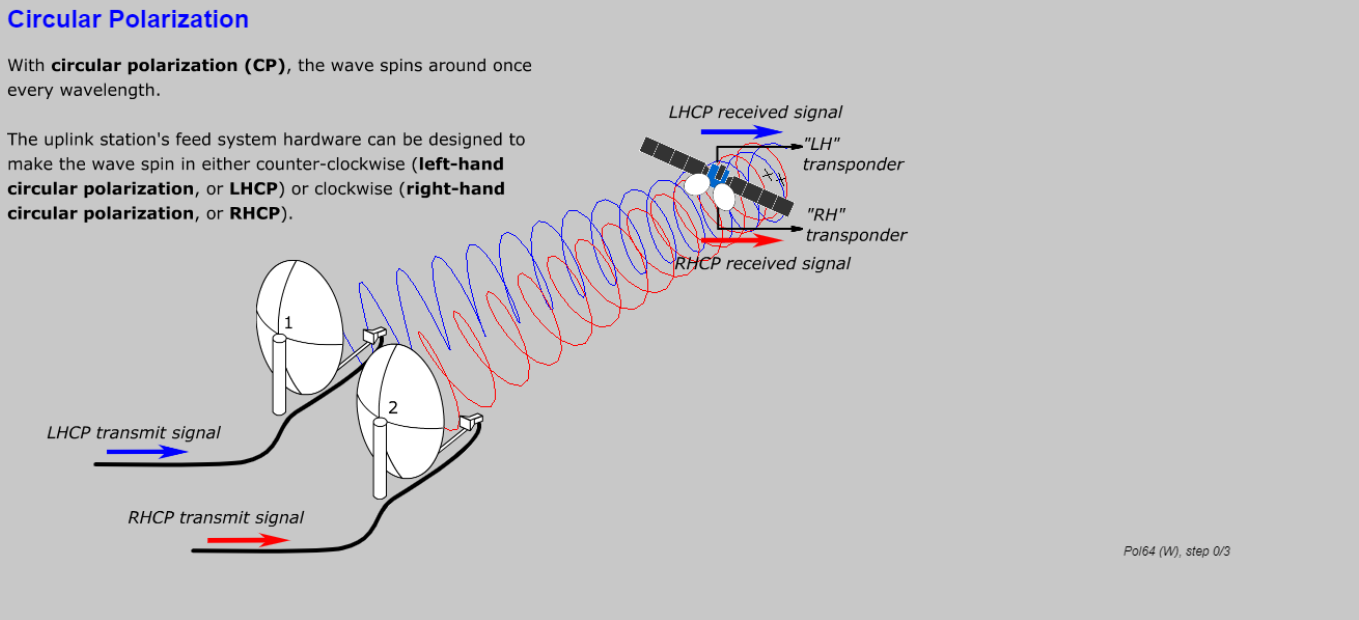Summary
-
Accurate pointing and cross-pol alignment skills for operators of auto-point terminals that are not type approved.
Description
Fully automatic auto-point (often called auto-deploy) satellite terminals equipped with managed (VSAT) modems enable you to rapidly and easily establish communications. If your auto-point/auto-deploy antenna is not GVF Type Approved, there are some additional checks you need to make before you transmit; otherwise you could be unintentionally interfering with other users. In this course you will learn how to confirm that your antenna is accurately pointed and how to work with the satellite operator to carry out a cross-pol check.
In this course, which follows on from GVF 530, you will learn how to check for accurate pointing, perform a cross-pol alignment with the satellite access center, and follow the industry best-practices guidelines, the General Access Procedure document.
Prerequisites:
GVF 530.
Why get certified?
Certification demonstrates technical competence and documents an ability to adhere to the satellite industry’s best practices. It’s easy for uplink operators to make interference and not even be aware they are doing it; as a profession, all uplinkers must take responsibility for protecting the satellite arc, and the right way to do that is to get trained and certified. The GVF certification exam portfolio is an excellent tool for assessing the skills of new staff candidates, evaluating individual performance capabilities, and identifying voids in skills and knowledge that can be addressed through training. Certification holders are also eligible to be listed in GVF’s online, searchable contact database. The GVF certification series is the only industry certification program that specifically addresses the skills and knowledge that all satellite uplinkers should have.
Exam and certification:
This course is part of a training sequence tailored for broadcsater certification examinations, which are implemented and hosted by GVF. If you have already taken course GVF530 and you complete the GVF531 course, you will be ready to attempt the knowledge tests and simulator skills tests in the General AutoPoint Operator (GAPO) exam.Note: The GAPO exam is given online on the GVF learning system, but it is not included in the GVF 531 course itself. You must enroll in certification exams separately, or join the GVF Training Membership, which includes this course and the GAPO exam.
Delivery:
Animated & interactive HTML5, self-paced, on-line format. Requirements: internet access while studying the course material (high speed preferred ); current browser with JavaScript enabled; permission to access SatProf server and learning system websites; mouse.Lessons
- Course introduction.
- General Access Procedure, including definition of the GAP and how it affects auto-point terminal operators, and etiquette for checking cross-pol and bringing up carriers.
- Checking pointing, including typical modem indicators, dealing with acquisition problems, simulator practice in manually finding the satellite, why small pointing errors cause interference, step-by-step technique for checking pointing with the beam balance method, and practice and skills tests using the interactive simulator.
- Cross-pol alignment, including uplink and downlink concepts, frequency bands, the function of the transponder, what the BUC does, L-band/RF frequency calculations for uplinks, polarization and pol frequency re-use concepts, cross-pol alignment principles, what the Satellite Access Center observes, cross-pol alignment technique, and practice and skills tests using the interactive role-play cross-pol alignment simulator.


